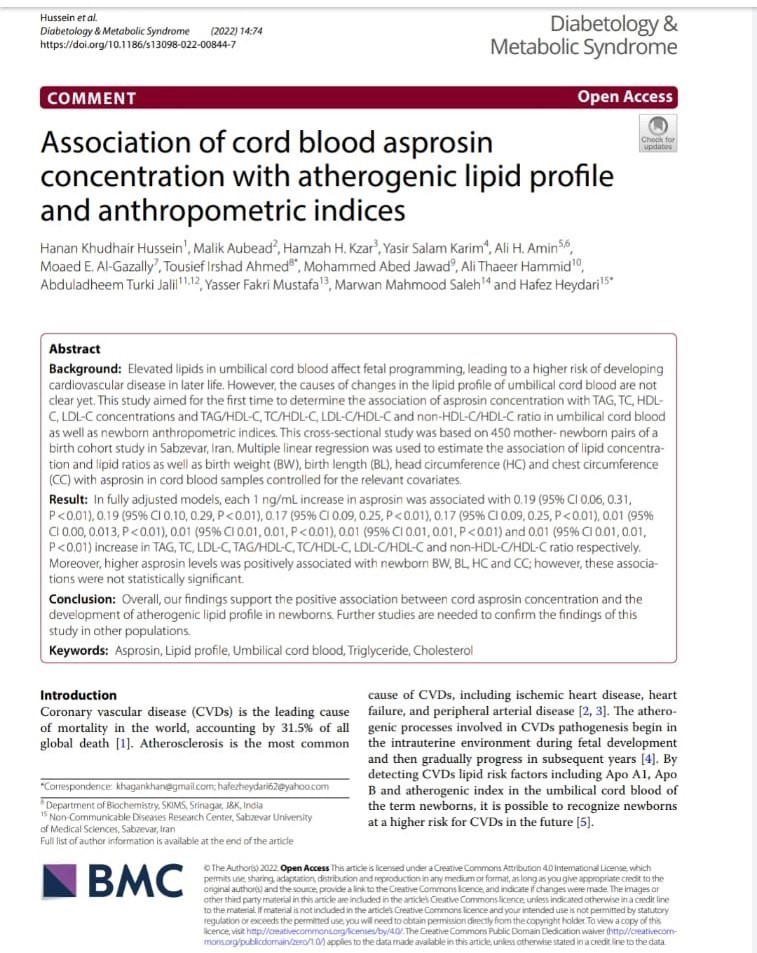.png)
Green Chemistry and the Environment
Green chemistry and the environment
Dr. Atyaf Abdul Qahar Younis
The world was not interested in the impact of chemicals on human health and environmental safety, but in 1962 the book Silent spring appeared by Rachael Carson, in which she spoke at length about the effect of some insecticides on the eggs of multiple birds and how DDT and insecticides caused There are other fatal effects through their infiltration into the food chain and how these pesticides are chemically stable and require many years to decompose. Here the alarm bell was sounded, so the societies demanded setting rules for the manufacture and use of these pesticides and limiting their use or finding other alternatives that are less dangerous to human health and the safety of the environment. In 1986, the United States recorded a list of a large number of toxic chemicals released by various industrial sectors. However, this number is a small part of the rest of the 75,000 types of chemicals currently used in industry, whose number is increasing day by day, and it is certain that a large part of them bears a certain toxicity. In 1994, in the United States alone, more than 2.26 billion pounds were released to more than 300 dangerous substances to the environment. The chemical industries are the most releasing of dangerous chemicals than the rest of the other industrial sectors. Where more than four times of the residues come out of the chemical industries than those released by the next industry, which is the manufacture of metals and other chemical activities, so it began to shed light on an important concept, which is green chemistry, which is a branch of chemistry that aims to reduce emissions and waste resulting from chemical manufacturing processes. It also aims to invent new chemicals that are beneficial to the environment and chemicals that serve as alternatives to other chemicals whose manufacturing processes have negative consequences for the environment. Or they serve as alternatives to chemicals extracted from living endangered species such as liver oils, whose extraction from whales and sharks threatens the complete extinction of these species within a few decades.
The genesis of green chemistry
Green chemistry, as stated in the Hippocratic section for chemists, is “the beginning of no harm,” which is the true meaning of green chemistry, which not only defines green chemistry, but also includes the field in which it operates and the extent to which it will reach in the future. But in fact, the practice of green chemistry began in the United States in 1990 after the signing of the Pollution Prevention Act, which aimed to protect the environment by reducing harmful emissions from the same source. Under the law, the United States government provided grants to develop chemical products through various institutes and universities to reduce the risks of these materials. The objectives of the grants have been developed to produce chemicals that neutralize harmful substances, reduce pollution, and develop alternatives to chemicals whose extraction processes pollute the environment.
Green chemistry seeks to make the science of chemistry an integrated science by reducing the pollution caused by the important chemical manufacturing of the pharmaceutical and pharmaceutical industries, the petroleum and plastic industries, and other non-industrial chemical activities, by preventing this pollution from forming in the first place. The Twelve Principles of Green Chemistry:
1. It is preferable to prevent the formation of waste than to treat it or dispose of it after its formation.
2. Preparation methods should be designed so that most of the reactants combine to form the final product.
3. Manufacturing methods must be designed in such a way that the initiating and resulting substances are of the least amount of toxicity or are not at all dangerous to human health and the safety of the environment.
4. The chemical product should have the highest degree of functional efficiency and the least amount of toxicity
5. It is preferable to carry out the reactions without the use of additional materials such as solvents or separation materials and, if necessary, these materials should be non-hazardous.
6. The energy needs must be taken into consideration due to its cost and environmental impact - so its use is minimal, and it is preferable to design reactions that take place at the usual temperature.
7. The raw materials that contain the starting materials must be renewable instead of depleting the non-renewable materials.
8. Unnecessary chemical and physical processes such as the derivation of certain groups or temporary modifications in molecules should be avoided as much as possible.
9. It is preferable to use specialized catalysts than to be satisfied with using equivalent ratios of the reactants.
10. Products must be designed so that they do not settle in the environment after performing their function and must be biodegradable in the environment into simple, harmless substances.
11. Chemical analysis methods must be developed to keep pace with the reaction process in real time. So that it monitors and controls the reaction before any dangerous substances are formed.
12. Safe chemicals must be chosen in terms of type and composition so as to reduce as much as possible the possibility of chemical accidents from releasing gases, explosions or fires.
The current exceptional circumstance of the world that caused the cessation of all human activities that pollute the environment, especially industrial and transportation, which are responsible for about 50% of the causes of air pollution, man has seen in most regions of the world, especially industrial ones, how most of the environmental systems on land, sea and air are in those regions. It has returned to the eye, and most of the natural chains have reappeared, and the aerial photographs have proven that air pollution has decreased by a very large percentage for countries that depend on the

